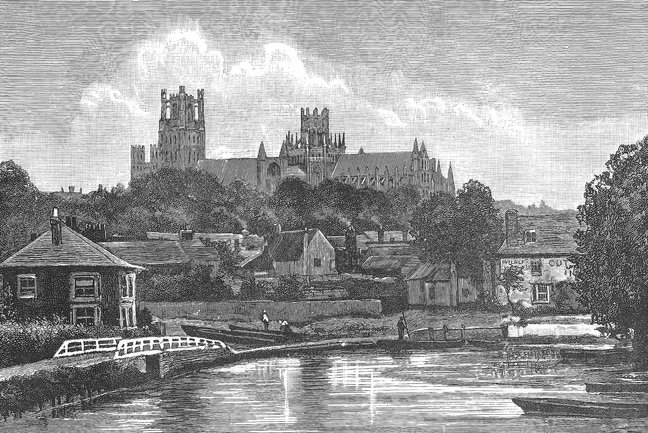Please enter your username and password to logon to the member pages

The Cathedrals of England
The Cathedrals of England Overview
A study of ten of Britain’s greatest buildings – their history, architecture, sculpture, stained glass and current life.This is an architectural journey that would be hard to equal for intensity of aesthetic delight. As a way into the minds and lives of the people of the Middle Ages, likewise it would be difficult to surpass. Personalities of extraordinary capability and vision will be revealed, and craftsmen shown to possess not only the skills of their trade but also the initiative to work out solutions to practical problems.
The tour ranges across England – north, south, east and west – to see ten of the greatest buildings in the country, and some of the most glorious mediaeval architecture to be found anywhere. Connoisseurs may carp at the omissions, but logistics exclude only a couple of cathedrals of comparable beauty, magnificence and interest. With an average of little over one cathedral a day, there is plenty of time at each to really get to know them, to look, learn and understand, to assimilate, appreciate and contemplate.
All but one are mediaeval, Norman (as Romanesque is generally called in Britain) and Gothic. It is easy to underestimate the length of time the Middle Ages encompasses: the span from the earliest work we see on the tour to the latest, from the Norman Conquest to the Reformation, equals that from the Reformation to the present day. There was huge variety in the building arts during those 460 years. The one non-mediaeval cathedral on the itinerary is Coventry. Rebuilt after the Second World War, not only is it a treasure house of mid-twentieth-century art but it is a moving monument to rebirth and reconciliation.
There are many special arrangements to enable you to see more than most visitors. Organ recitals are being organised specially for us at some cathedrals. There are also opportunities to hear their excellent choirs at Evensong. Cathedrals come with cities, and many of these were little changed during the era of industrialisation and now rank among the loveliest in England. Much beautiful countryside is traversed as well.
For centuries, British scholars and critics laboured under an inferiority complex, believing English Gothic to be a defective derivative of the thoroughbred French version, inferior according to the degree to which it departed from the soaring, clean-limbed and impeccably rational paradigms across the Channel. That cultural cringe has all but evaporated in the last couple of generations, not least because evidence has been piling up that masons and architects in England had entire confidence in their inventiveness and deliberately chose to shun French conventions in favour of England's own distinctive and fascinating imaginative universe.


